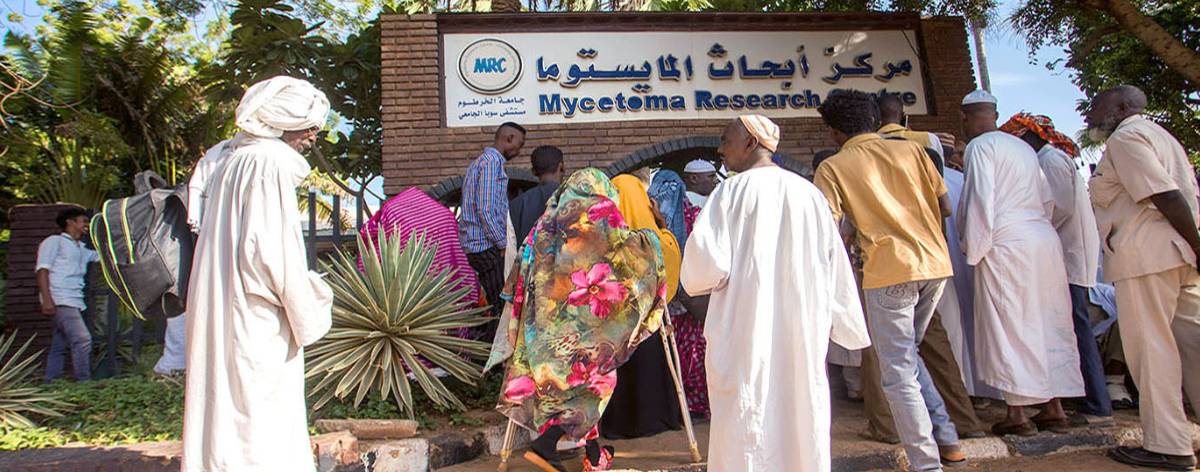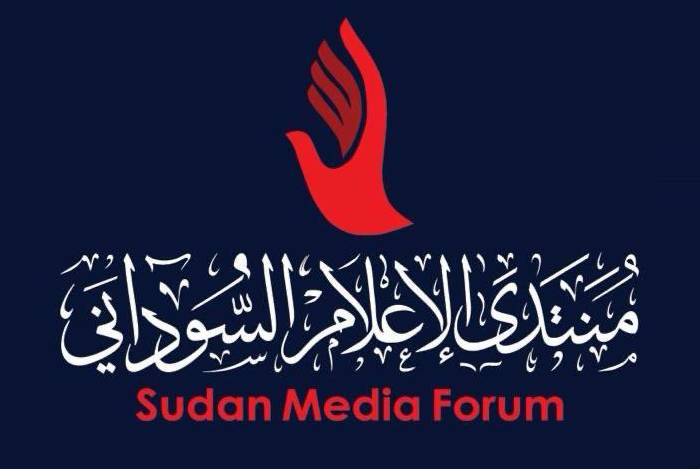
The War Destroys Sudan’s Mycetoma Research Center: A Health Catastrophe Threatening the Lives of the Poor
Sudan Media Forum
Khartoum, May 31, 2025 (Al-Alaq News Center) — In a devastating blow to efforts aimed at combating one of the world’s most neglected tropical diseases, the World Health Organization (WHO) office in Sudan has confirmed the destruction of the country’s only Mycetoma Research Center. The center, located in Khartoum, was reduced to ruins amid nearly two years of intense fighting. This catastrophic loss has obliterated decades of vital data and biological materials, jeopardizing the lives of thousands of patients and hindering future research on the disease.
Mycetoma is endemic in rural areas of Sudan, particularly in the states of Sennar, Gezira, White Nile, and North Darfur. The disease is caused by bacterial or fungal infections that enter the body, often through thorn pricks in agricultural fields, leading to progressive and destructive damage to skin, bones, and muscle tissue. In 2016, the WHO classified Mycetoma as a neglected tropical disease, highlighting the lack of effective treatments and its devastating impact on the health of impoverished communities, who often live in areas with little to no access to healthcare.
Dr. Bakhita Osman, an agricultural expert, told Al-Alaq News Center that “This is a disease of the poor. Patients often lose the ability to work and face social isolation due to the ulcers associated with the condition.” She added that Mycetoma typically affects the feet, causing chronic infections that can lead to severe deformities, disability, or amputation in advanced cases. The disease also has profound psychological effects, with patients often experiencing withdrawal and depression due to visible deformities and oozing wounds.
Dr. Ahmed El-Fahal, founder and director of the Mycetoma Research Center, emphasized that “The disease affects populations in remote areas, especially those who walk barefoot, such as field laborers and children.” He noted that treating Mycetoma is extremely challenging due to the high cost and unavailability of effective medications, which also often come with severe side effects. Treatment can last for months, and in many cases, the disease progresses to death—amputation being the only option in severe situations.
A 40-Year Research Legacy Lost
Dr. El-Fahal described the center’s destruction as a catastrophic setback: “We have lost everything in our biological banks—data collected over more than 40 years.” This data, he said, was an invaluable resource for researchers worldwide, and its loss will significantly hinder the understanding of Mycetoma and the development of new treatments.
Approximately 20% of Mycetoma patients-mostly from the poorest segments of the population-have undergone amputations, losing a foot, leg, or hand as a result of the disease.
A Comprehensive Vision for Mycetoma Treatment and Awareness
The Mycetoma Research Center was established in 1991 under the auspices of the University of Khartoum. It was the only dedicated center in the world focusing on the study of mycetoma. However, the center was not merely a treatment facility—it served as a comprehensive beacon addressing mycetoma from multiple dimensions. Its core activities included:
- Healthcare and Treatment: The center received 12,000 patients annually, providing free care for those affected by the disease, including diagnosis, treatment, and psychosocial support. Since its founding, it has treated over 9,000 patients from across the country, performing numerous surgeries, including essential amputations.
- Scientific Research and Development: The center conducted advanced scientific research in the field of mycetoma, including pioneering clinical trials. It participated in global trials for promising treatments such as the antifungal drug Fosravuconazole in collaboration with the Drugs for Neglected Diseases initiative (DNDi) and the Japanese pharmaceutical company Eisai—underscoring its pivotal role in finding new treatment solutions.
- Advanced Laboratory Diagnostics: The center offered free diagnostic services, including cutting-edge laboratory tests such as DNA analysis to identify the exact causative agents of the disease—services that were available for the first time in Sudan at no cost.
- Community Awareness and Outreach: The center played a crucial role in raising public awareness about the dangers of mycetoma, how to prevent it, and the importance of early treatment. It conducted ongoing awareness campaigns through posters, educational films, and medical outreach trips to endemic areas across Sudan.
- Capacity Building and Training: The center trained medical and science students, as well as healthcare workers, in the diagnosis and treatment of mycetoma, thereby strengthening local capacity to combat the disease.
- International Collaboration and Partnerships: The center built an extensive network of collaborations with international organizations and institutions, including the World Health Organization (WHO), the Drugs for Neglected Diseases initiative (DNDi), Eisai, and Nagasaki University. This network enabled the exchange of expertise and supported global efforts to combat neglected tropical diseases.
- A Holistic Care Approach: The center adopted a multidisciplinary approach to managing mycetoma, integrating medical, surgical, and rehabilitative interventions into a comprehensive and effective care strategy—always placing patient-centered care at the heart of its mission.
An Urgent Call for Reconstruction
This disaster underscores the dire conditions faced by pastoralists and marginalized groups in Sudan, where hospitals are lacking for the treatment of children, women, the elderly, and patients in general. A recent study by the United Nations Development Programme (UNDP) and the International Food Policy Research Institute (IFPRI) has revealed the devastating impact of the conflict on rural household incomes, exacerbating their vulnerability in accessing housing, infrastructure, and services.
The loss of the Mycetoma Research Center—along with its far-reaching impacts on patients and research-makes it critically important to shine a media spotlight on this issue. It is imperative to advocate for rebuilding the center so that it can resume its life-saving work in research and treatment, supporting patients among farmers, pastoralists, and children.
The Sudan Media Forum and its member organizations publish this report, prepared by Al-Alaq News Center, to shed light on the devastating impact of the war on Sudan’s healthcare infrastructure.


